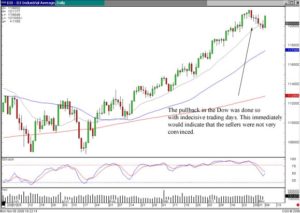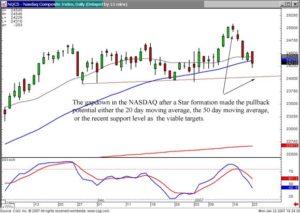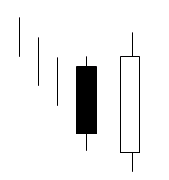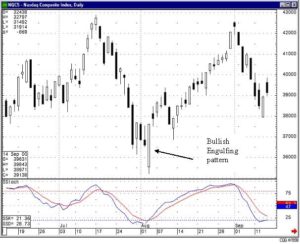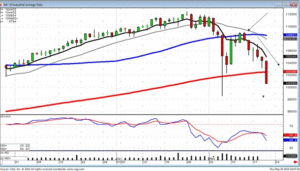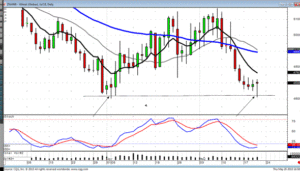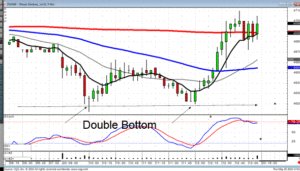A Put Hedge is the stock option trading strategy of buying puts during a bearish market to protect stock shares that, while the trader is reluctant to sell, are vulnerable to a decline in the market. Successful traders utilize strategies such as Put Hedges to insulate their portfolios from loss in a bearish market. This method also has the potential of unlimited profits, while at the same time limiting the potential loss by the investor.
When a trader is utilizing portfolio diversification and feels that the portfolio is exposed to a market decline, it is possible for the investor to have several options available to create a Put Hedge. An excellent technique, if the trader feels his, or her, portfolio is sufficiently diversified, is to purchase index puts to protect the entire portfolio. To implement a Put Hedge, the investor needs to select an index that best represents his / her portfolio. If the trader has successfully utilized his / her stock trading system, such as Japanese Candlesticks, and identified a declining market, any losses incurred with the decline in assets will, in turn, be offset by the gains made as the value of the index puts, or Put Hedges, experience an increase.
In such a stock market strategy, the profit reward has the potential to be unlimited, since both the traders’ portfolio and Put Hedge could rise instead of fall. In this instance, the investor would make money on the portfolio and the index puts minus the cost of the premium paid for the puts. If the stock market technical analysis of the trader is correct and the market declines, the losses on the established portfolio will be limited because they will be offset by the gains realized on the Put Hedges that were purchased. These puts, in turn, have been successful and the investor has created a Put Hedge which protected the trader’s portfolio in a bear market.
When the market turns or the investor once again has confidence in its stability, he / she can sell the index puts if the retain any value, giving the trader another avenue of profit. If the market index puts have expired, the trader will need to determine an appropriate course of action. If the market has truly turned, the investor can simply do nothing, since he / she no longer needs a Put Hedge to protect the stock portfolio. If the market is still bearish and unstable, the trader will need to determine whether it is necessary to purchase an additional Put Hedge as protection against the stock market. If so, the method for this transaction will be identical to the original purchase.
As with any strategy in the stock market, it is important to analyze the expectations for the underlying asset and for the market before proceeding. Remembering that this practice occurs during a bearish market, the investor must realize that any strategy should be conservative and consistent with his / her stock trading plan. Whether using Put Hedges or buying out-of-the-money calls, it is important that the investor understands that the ultimate goal is to make money, as well as to protect the money already made.
